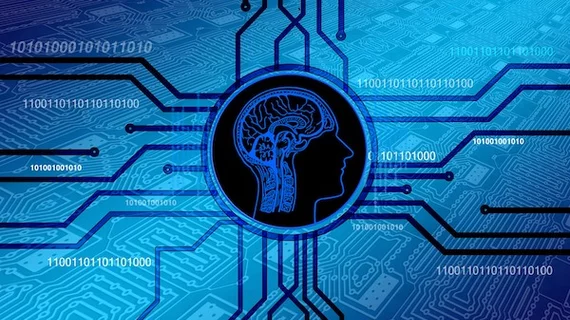Researchers have developed a new machine learning algorithm that can outperform traditional methods of diagnosing autism spectrum disorders (ASD) in young children, which could improve accuracy in early diagnosis.
“The present study is one of the most important steps towards the development of intelligent diagnostic models,” authors wrote in the May 7 Journal of Digital Imaging study. “In other words, the results of this study can help doctors to identify infants or young children who are at risk of ASD before reliable behavioral symptoms manifest and plan for a better medication.”
To determine the best method for early diagnosis of ASD in children, a team of Iranian researchers obtained data from the ABIDE I and II data sets on 185 participants (116 with ASD and 69 in a control group). The cohort ranged from 5 to 10 years old.
The team extracted date from resting state (rs)-fMRI and a fusion of rs-fMRI, grey matter (GM) and white matter (WM) data to detect high-level features. The deep belief network algorithm (DBN) used deeper network layers (level 3), compared to the traditional two, to produce more accurate findings.
“The proposed method can successfully discover latent feature representation due to the increasing number of network layers. This is unlike the competing methods that consider only simple low-level features extracted from neuroimages,” wrote first author Maryam Akhavan Aghdam, with the Department of Computer Engineering’s science and research branch at Islamic Azad University, and colleagues. “Consequently, the deep learning classifier was observed to outperform the previous methods which were used to classify individuals with ASD and TC.”
Authors noted the method used in this study required “more computational time and resources” compared to previous methods. However, that burden is almost entirely focused in the training phase of the process.
“[F]rom a clinical perspective, it is believed that there is need for more computational time and resources (only for a training phase) for higher diagnostic accuracy,” Aghdam et al. wrote.

